A mirror to society: an Avraham Yasky survey at the Tel Aviv Museum of Art
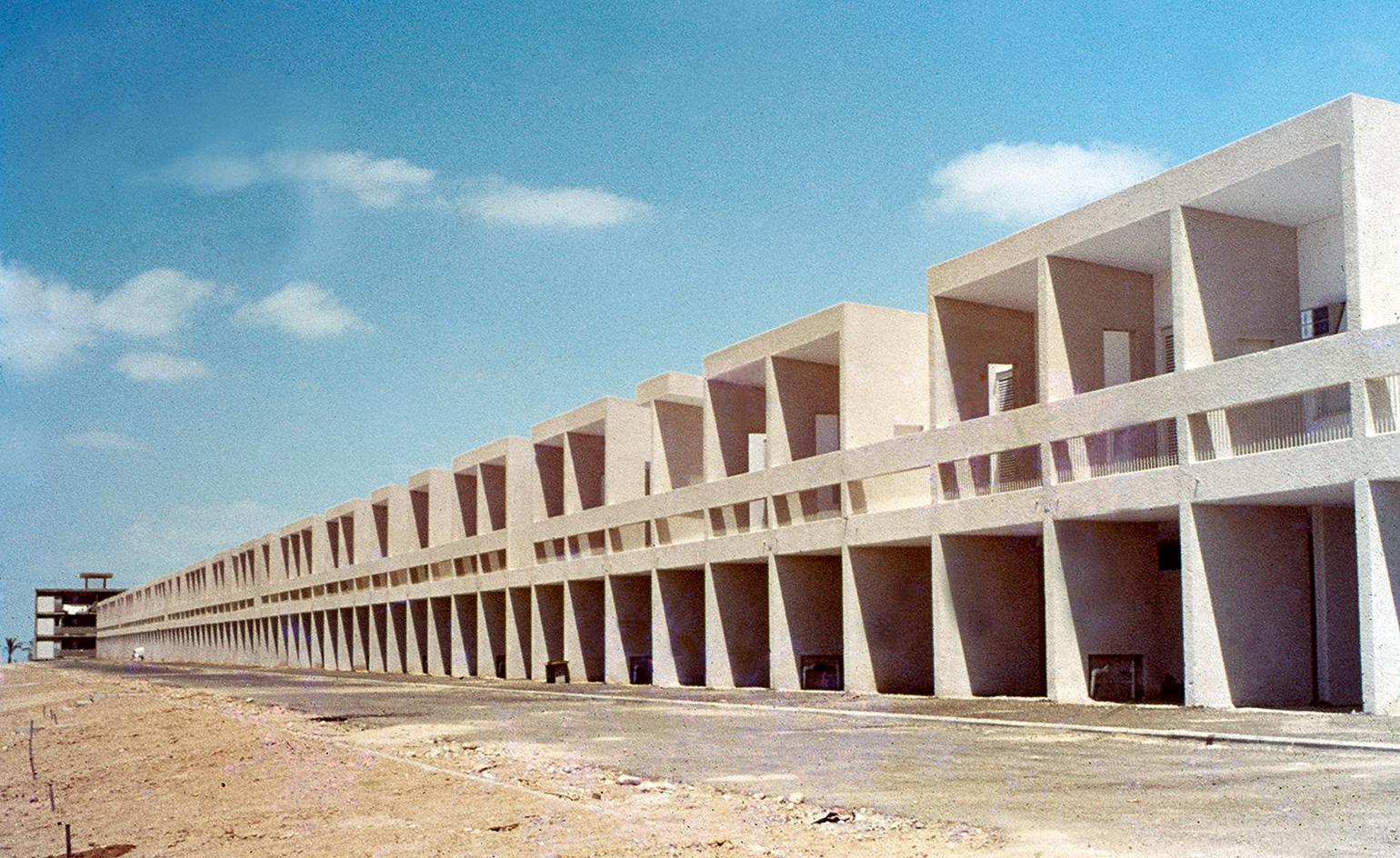
Avraham Yasky was his generation’s most prolific architect. Early in his career he worked in the office of pioneering Israeli architect Arieh Sharon; later, he planned Rabin Square with Shimon Povsner, aged just 25. He went on to found the school of architecture at the Tel Aviv University and, in 1965, established Israel’s largest architectural firm with partners Joseph Sivan and Yitzhak Moore. MYS (Moore Yasky Sivan Architects) are responsible for many of Tel Aviv’s defining skyscrapers, including the envelope of the Azrieli Centre and the iconic beachfront Opera Tower, as well as numerous commercial buildings in the city centre, such as the Platinum, Alrov and AFI Towers.
Yasky made his name with his 1960s ’quarter-kilometre apartments’, working primarily with concrete – they were functional, monochromatic, modernist buildings. Later, his style would shift away from brutalism towards the possibilities of glass – a feature of many of the commercial projects he built – as well as more ornamental elements, seen in the shopping malls and pink-tiled towers that typify his later work.
Known for the flexibility and indifference with which he often faced stylistic and ethical issues, Yasky – who passed away in 2014, aged 87 – argued his success was simply down to good intuition and common sense. Now, the ideas behind his successes are to be explored through plans, photographs and other documentary materials relating to hundreds of Yasky projects, at a dynamic exhibition at the Tel Aviv Museum of Art. Commemorating and celebrating Yasky and his far-reaching legacy, the retrospective also contemplates the often troubled relationship between architecture and society – a relationship that is particularly complicated in a place that has seen such dramatic economic, social and political shifts as Israel in the course of the five decades of Yasky’s career.
If architecture is a mirror to society – as curator Dan Handel suggests—the exhibition poses another significant question to its audience: ’Is the story of the recent decades to be told as a sequence of intellectual, technological and material achievements – or perhaps as a tale about the gradual loss of an elusive, unquantifiable quality identified with Israel’s most influential architect?’ Time, as always, will tell.
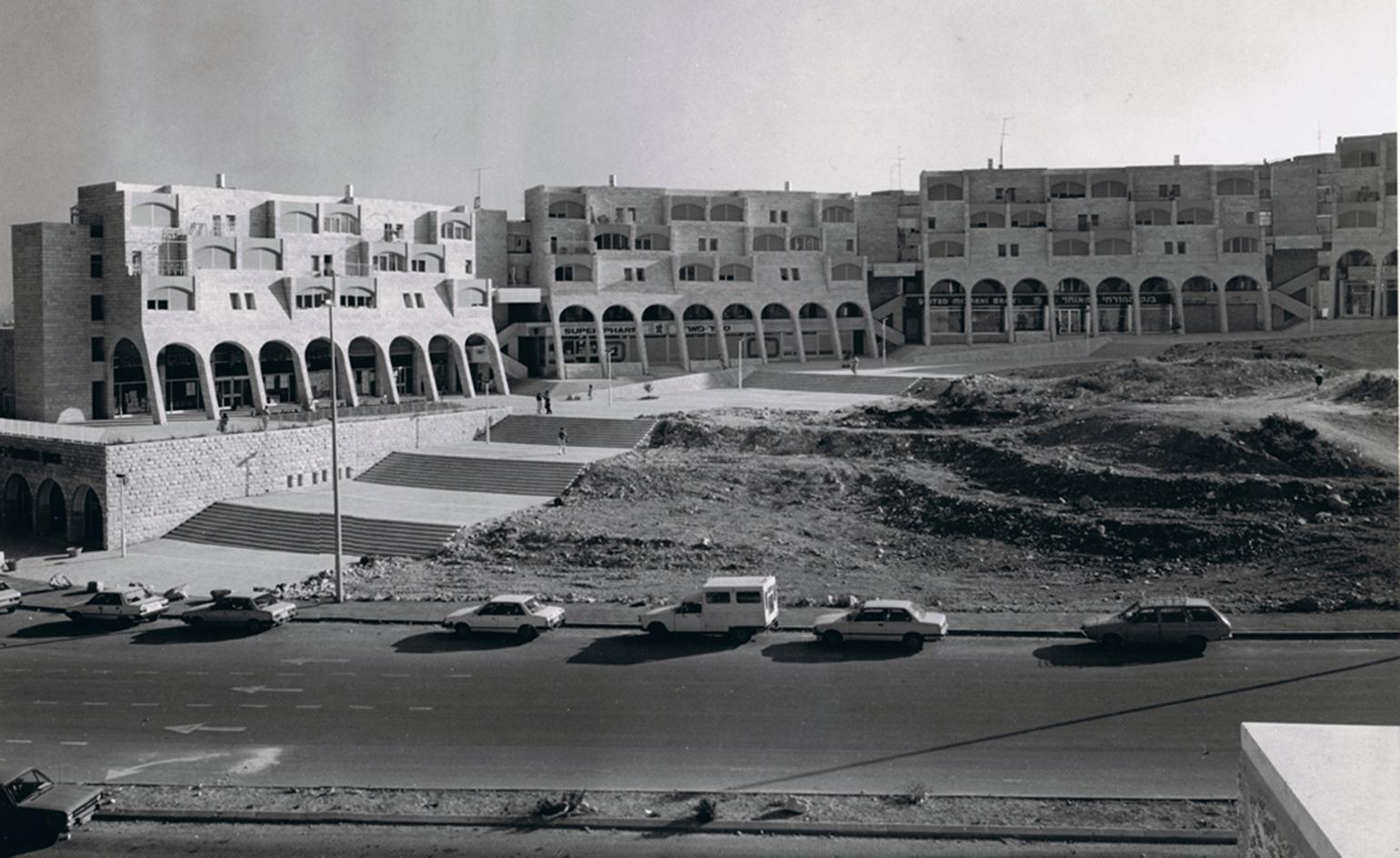
Commemorating and celebrating Yasky and his far-reaching legacy, the retrospective also contemplates the often troubled relationship between architecture and society. Pictured: archive photograph from 1971
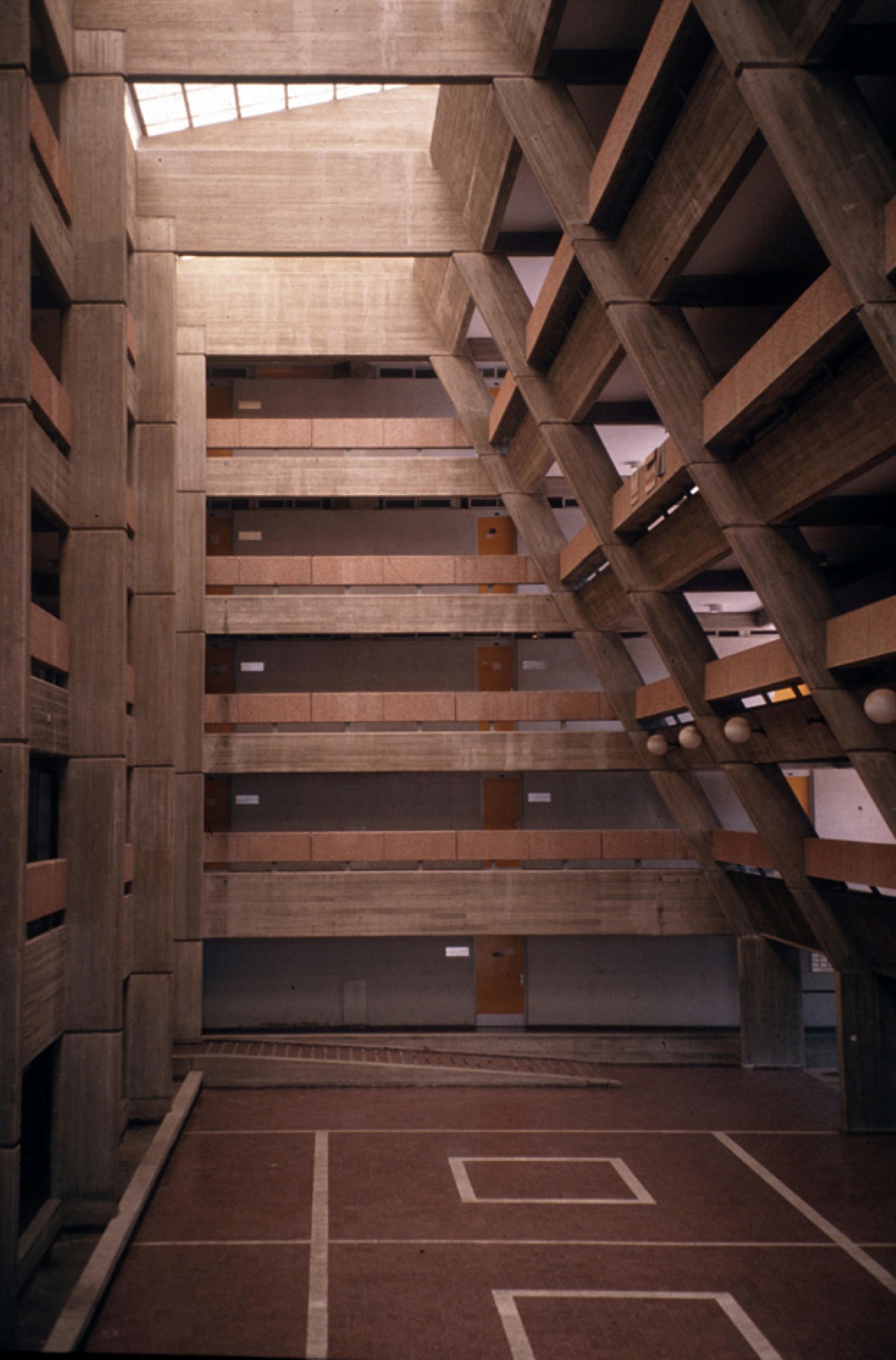
Yasky made his name with his 1960s ’quarter-kilometre apartments’, working primarily with concrete – they were functional, monochromatic, modernist buildings. Pictured: archive photograph from 1974
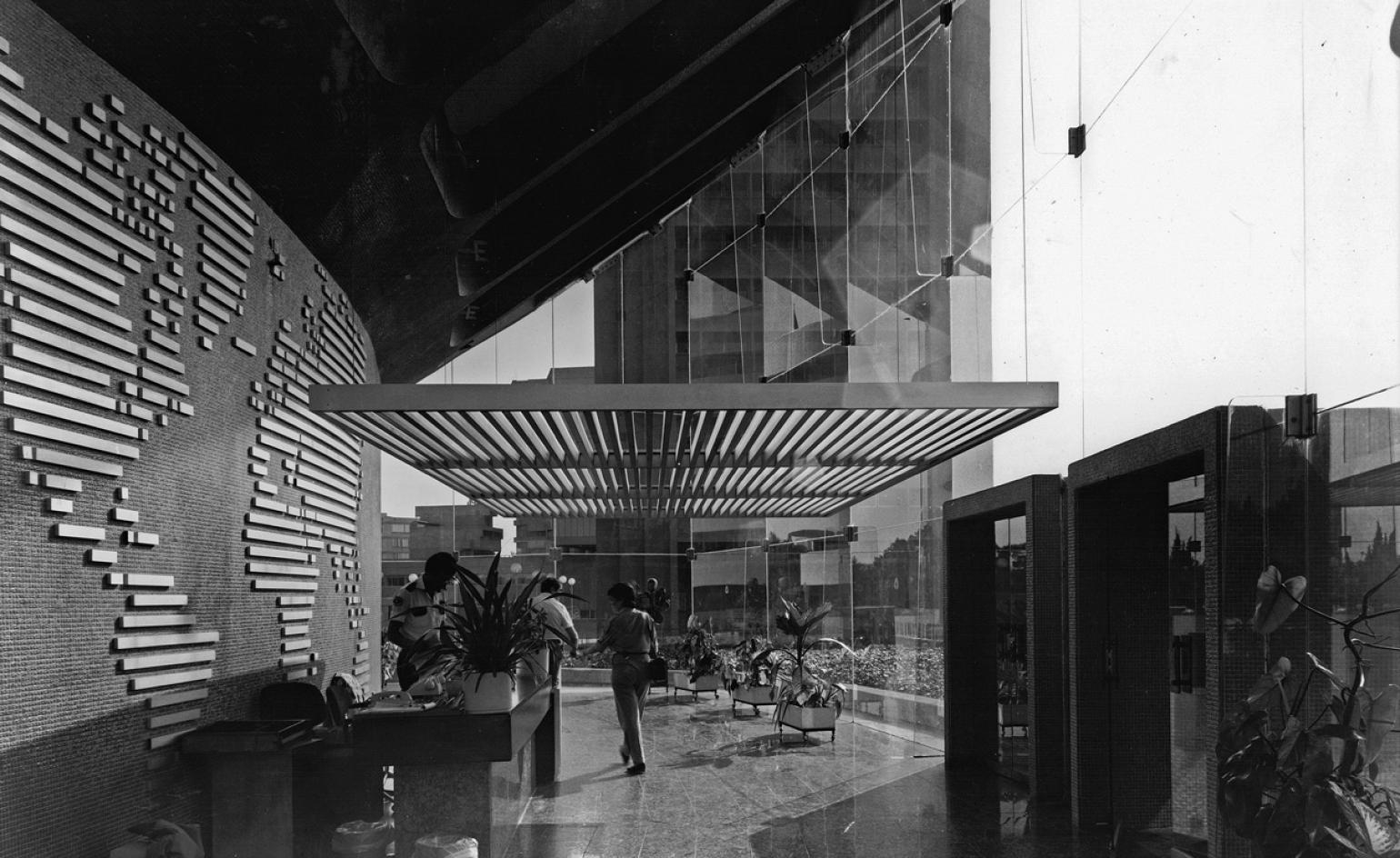
Later, his style would shift away from brutalism and concrete towards the possibilities of glass – a feature of many of the commercial projects he built. Pictured: archive image of the IBM Lobby from 1978
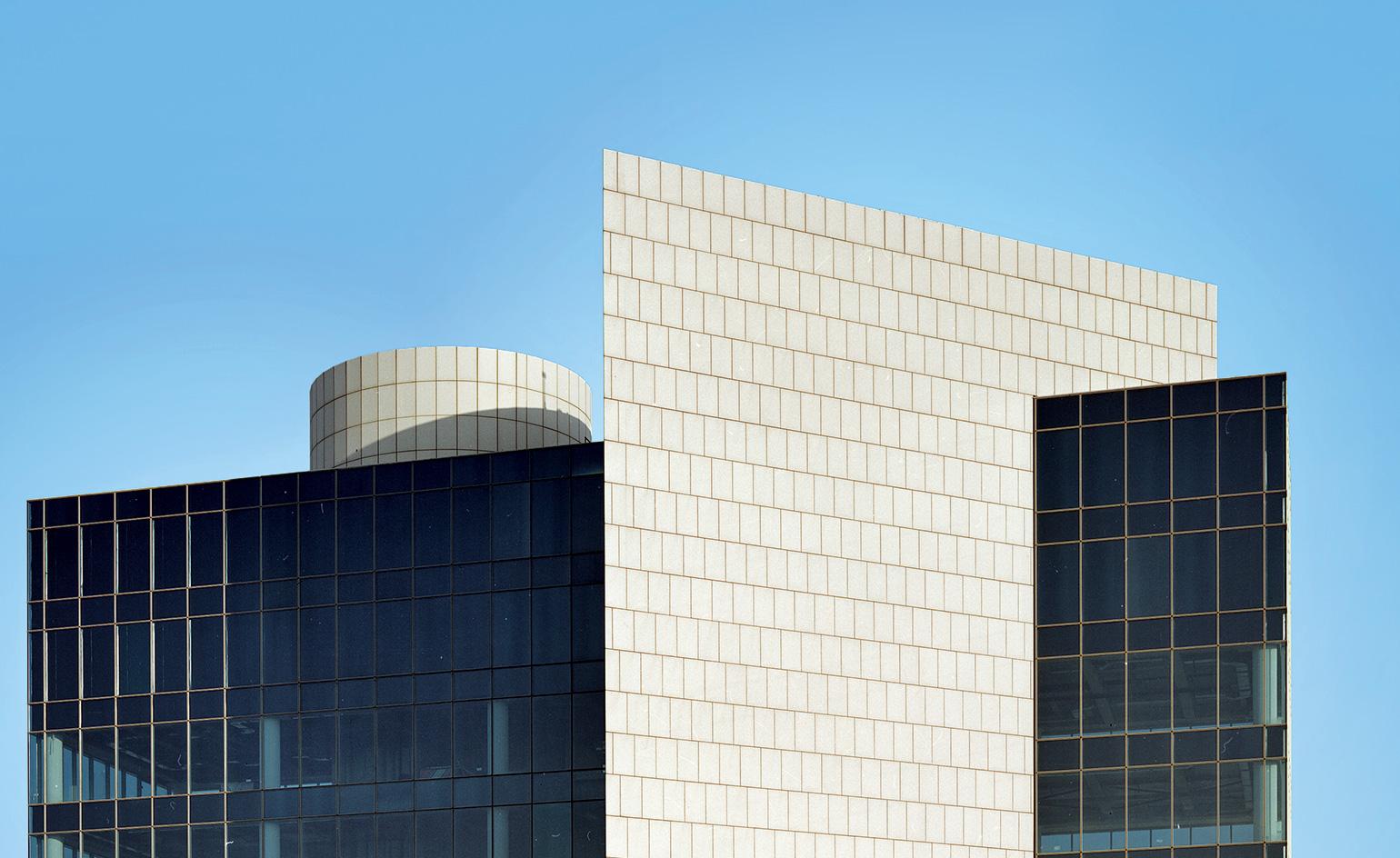
His later work utilised more ornamental elements, seen in the shopping malls and pink-tiled towers that typify his later work. Pictured: archive photograph from 1997
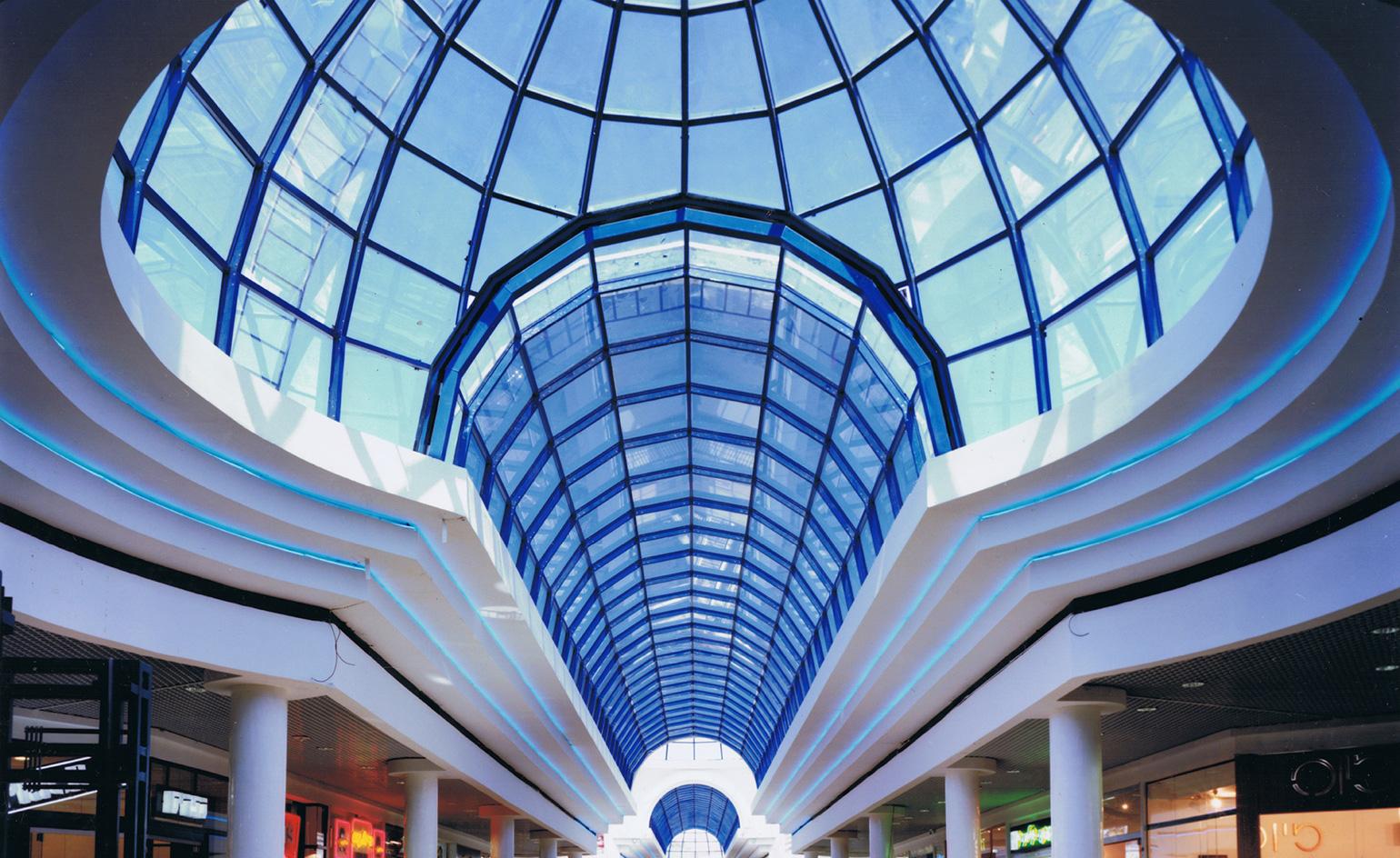
Known for the flexibility and indifference with which he often faced stylistic and ethical issues, Yasky – who passed away in 2014, aged 86 – argued his success was simply down to good intuition and common sense.
INFORMATION
’Yasky and Co: Israeli Architecture According to Avraham Yasky’ is on view from 16 April – 27 August. For more information, visit the Tel Aviv Museum of Art’s website
ADDRESS
Receive our daily digest of inspiration, escapism and design stories from around the world direct to your inbox.
Tel Aviv Museum of Art
27 Shaul Hamelech Blvd
Tel Aviv
Charlotte Jansen is a journalist and the author of two books on photography, Girl on Girl (2017) and Photography Now (2021). She is commissioning editor at Elephant magazine and has written on contemporary art and culture for The Guardian, the Financial Times, ELLE, the British Journal of Photography, Frieze and Artsy. Jansen is also presenter of Dior Talks podcast series, The Female Gaze.
-
 Terrified to get inked? This inviting Brooklyn tattoo parlour is for people who are 'a little bit nervous'
Terrified to get inked? This inviting Brooklyn tattoo parlour is for people who are 'a little bit nervous'With minty-green walls and an option to 'call mom', Tiny Zaps' Williamsburg location was designed to tame jitters
-
 Let’s hear it for the Chopard L.U.C Grand Strike chiming watch
Let’s hear it for the Chopard L.U.C Grand Strike chiming watchThe Swiss watchmaker’s most complicated timepiece to date features an innovative approach to producing a crystal-clear sound
-
 Form... and flavour? The best design-led restaurant debuts of 2025
Form... and flavour? The best design-led restaurant debuts of 2025A Wallpaper* edit of the restaurant interiors that shaped how we ate, gathered and lingered this year
-
 Welcome to The Gingerbread City – a baked metropolis exploring the idea of urban ‘play’
Welcome to The Gingerbread City – a baked metropolis exploring the idea of urban ‘play’The Museum of Architecture’s annual exhibition challenges professionals to construct an imaginary, interactive city entirely out of gingerbread
-
 You’ll soon be able to get a sneak peek inside Peter Zumthor’s LACMA expansion
You’ll soon be able to get a sneak peek inside Peter Zumthor’s LACMA expansionBut you’ll still have to wait another year for the grand opening
-
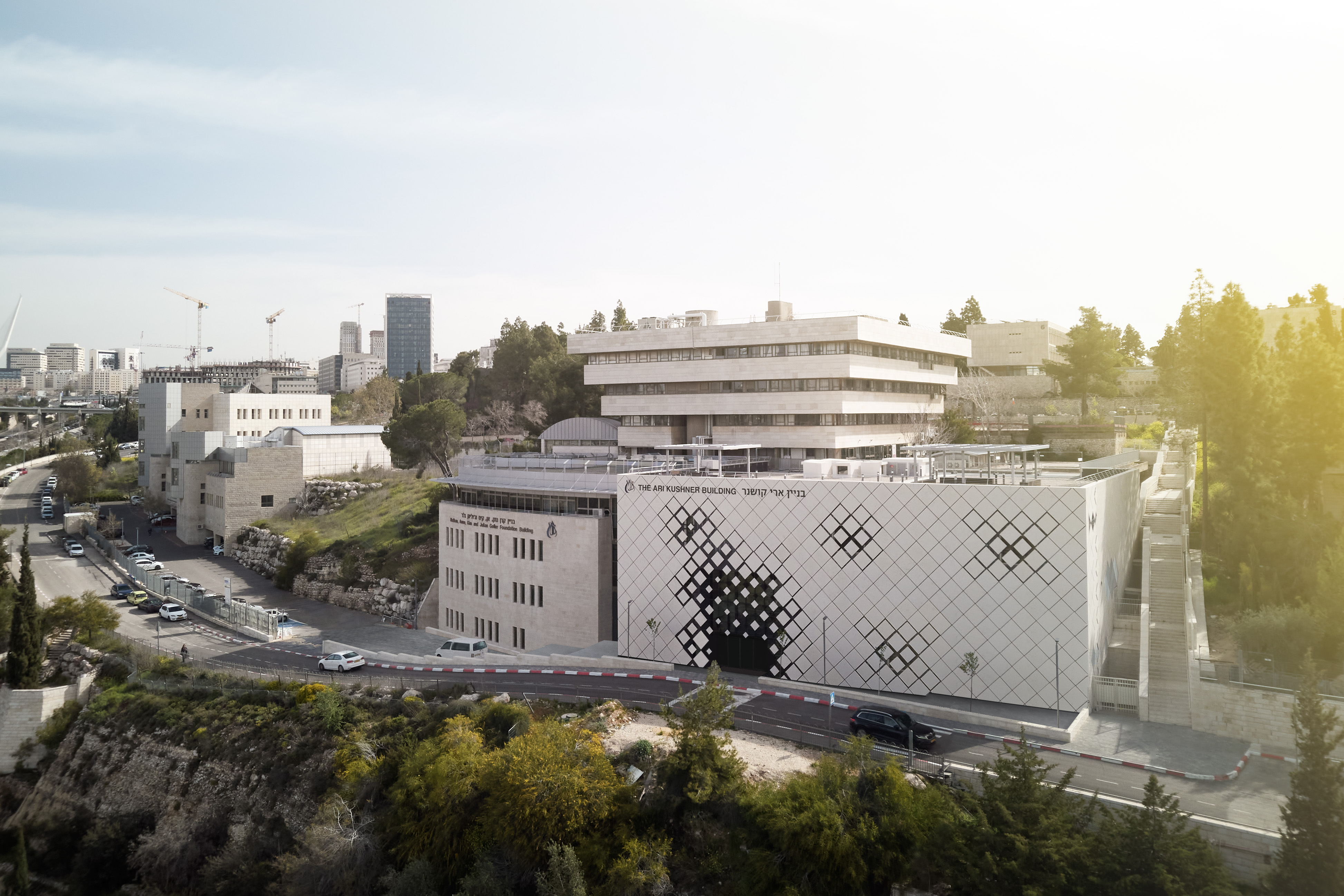 New Jerusalem Academy of Music and Dance extension creates transparency with stone
New Jerusalem Academy of Music and Dance extension creates transparency with stoneThe Ari Kushner Building for the Jerusalem Academy of Music and Dance (JAMD) is completed, creating transparency with stone, and channelling chaos into its corridors
-
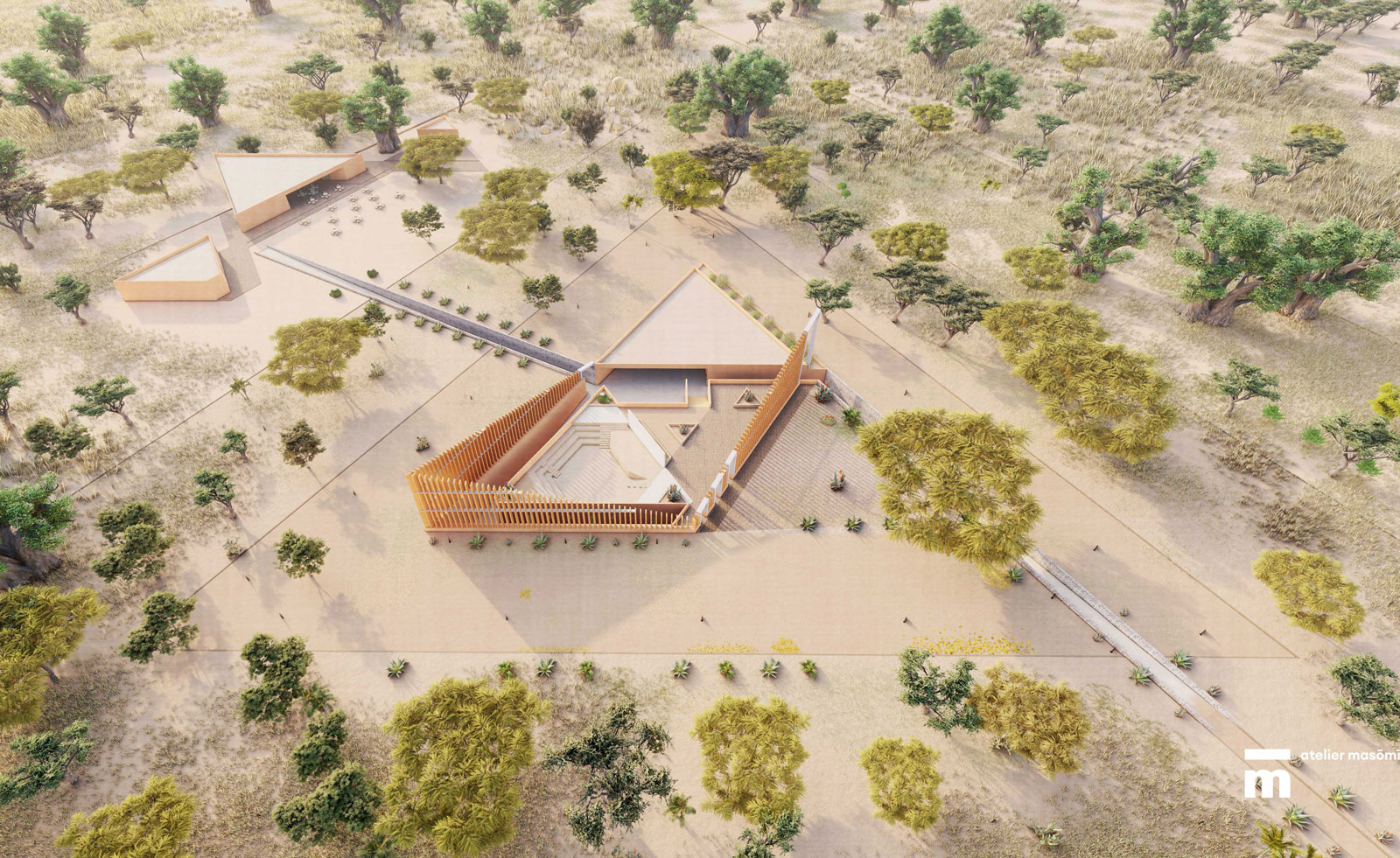 Mariam Issoufou Kamara to design Bët-bi museum in Senegal
Mariam Issoufou Kamara to design Bët-bi museum in SenegalMariam Issoufou Kamara, founder of Atelier Masōmī in Niger, has been selected by a jury to lead the design of the new Bët-bi museum in the Senegambia region of West Africa
-
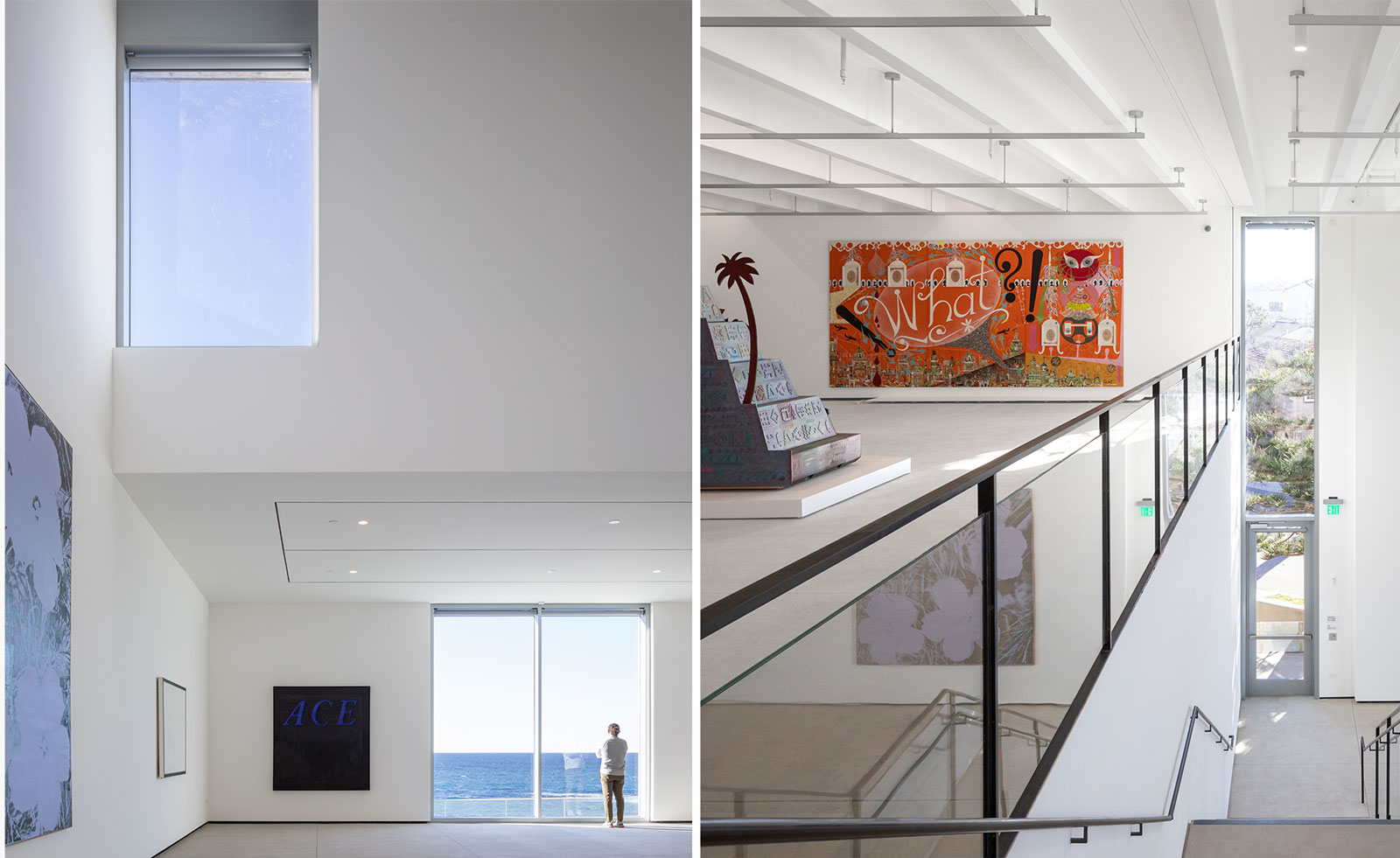 The Museum of Contemporary Art San Diego unveils a bigger and brighter new space
The Museum of Contemporary Art San Diego unveils a bigger and brighter new spaceSelldorf Architects has welcomed the elements in to the Museum of Contemporary Art San Diego’s new light-filled design
-
 Tehran’s Argo Factory complex reinvents brewery architecture for the arts
Tehran’s Argo Factory complex reinvents brewery architecture for the artsThe Argo Factory Contemporary Art Museum & Cultural Centre by Ahmadreza Schricker Architecture North (ASA North), housed in a redesigned brewery, becomes Tehran's first new arts hub in decades
-
 Dubai welcomes the Museum of the Future
Dubai welcomes the Museum of the FutureKilla Design and the Dubai Future Foundation launch the Museum of the Future in Dubai, which opens its doors to the public today (22 February 2022)
-
 Foster + Partners’ Narbo Via enriches cultural landscape in south of France
Foster + Partners’ Narbo Via enriches cultural landscape in south of FranceNarbo Via, a new museum by Foster + Partners, opens in Narbonne, France